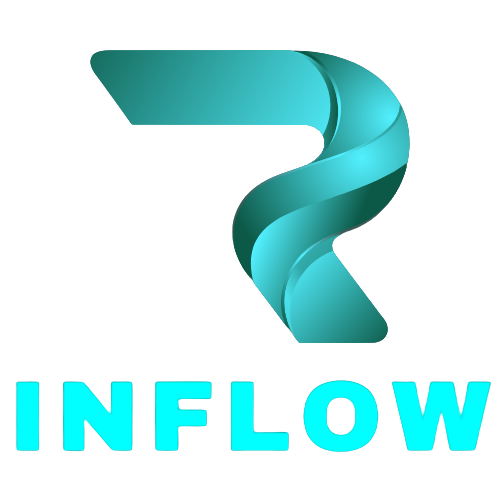Unleash the power of curiosity to increase email open rates
The Psychology of Curiosity and Email Engagement
Crafting effective subject lines by keeping them short, personalizing them, and creating curiosity aligns with principles of curiosity-driven cognitive processing. Leveraging curiosity gaps in subject lines influences recipients' decision to open emails and engage with content.
The concept of a curiosity gap is rooted in psychology and cognitive science. The brain's natural inclination to seek closure and resolve information gaps drives individuals to engage with content that promises to fulfill their curiosity. Studies such as "The Psychology of Curiosity" and "Curiosity and Information Seeking in Animal and Human Behavior" explore the role of curiosity in driving behavior.
Understanding Cognitive Processing in Email Marketing
Cognitive processing theories highlight how individuals process and engage with information. Subject lines that trigger curiosity gaps engage cognitive processes related to attention, anticipation, and the desire to resolve uncertainty. The processing fluency theory explains that easily processed information is more appealing to the brain and elicits positive feelings.
Crafting Irresistible Subject Lines
Optimizing subject lines by keeping them short, personalizing them, and creating curiosity connects with cognitive processing mechanisms and the psychology of curiosity. Short subject lines align with the brain's preference for easily digestible information, especially on mobile devices where limited screen space is available.
Personalization addresses the brain's tendency to respond more positively to content that feels relevant and tailored. By including the recipient's name or company, subject lines establish a connection that resonates with the brain's social cognition processes.
Utilizing Curiosity Gaps to Drive Open Rates
Creating curiosity gaps in subject lines taps into the brain's innate desire to seek closure and resolve information gaps. The brain finds satisfaction in obtaining missing information, which drives recipients to open emails in pursuit of the complete message. The anticipation of discovering valuable content activates cognitive processes associated with reward centers in the brain.
The brain's processing fluency preferences and the psychology of curiosity influence decision-making, as evident in studies related to decision biases and information seeking.
By using short, personalized subject lines that trigger curiosity gaps, you align with cognitive processing tendencies and capitalize on the brain's natural curiosity mechanisms. This approach, informed by cognitive psychology and curiosity research, enhances the likelihood of recipients engaging with your emails, ultimately improving open and response rates.

